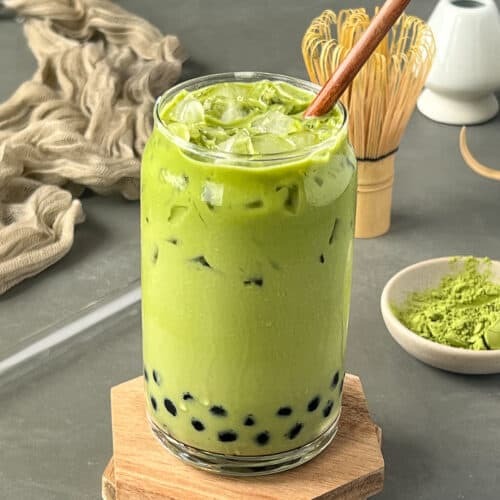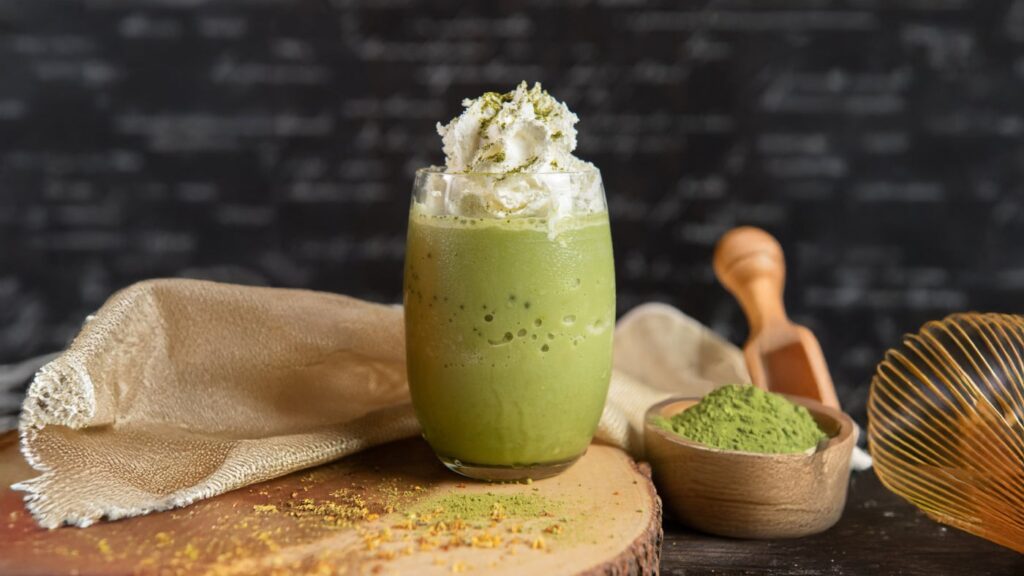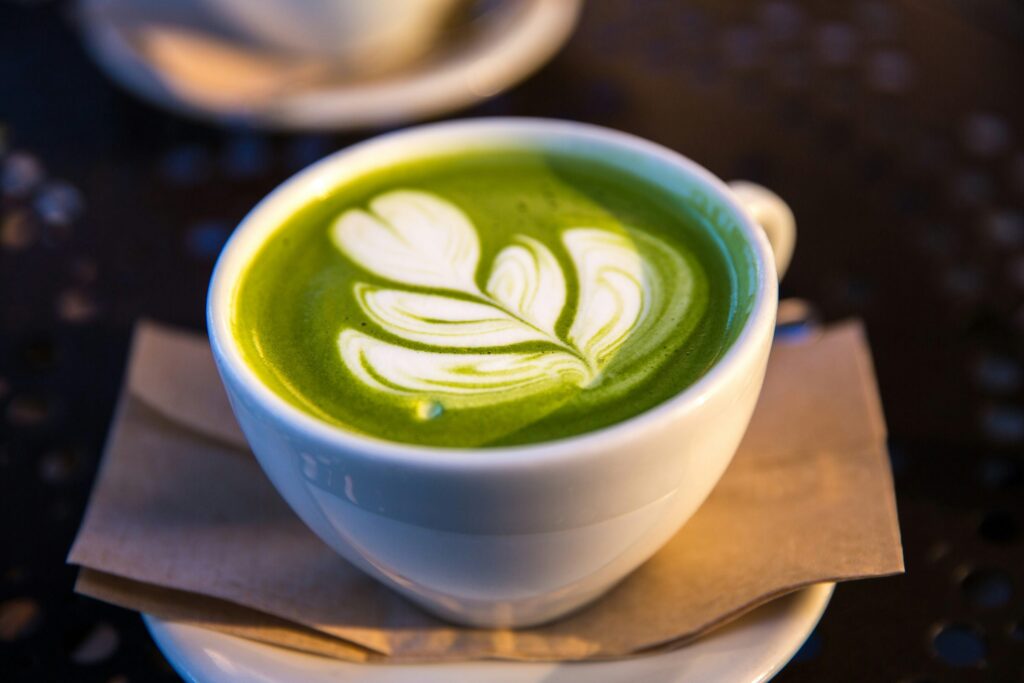In today’s health-conscious world, it’s no surprise that certain beverages are celebrated for their ability to boost energy, promote wellness, and provide a calm focus. Among the many rising stars, Matcha stands out—not just as a trendy green drink, but as a centuries-old tradition steeped in health benefits, culture, and calming rituals. Whether you’re a wellness enthusiast, a tea lover, or someone seeking a healthier coffee alternative, the Matcha drink is a must-try.

What is Matcha?
Matcha is a type of powdered green tea made from specially grown and processed Camellia sinensis leaves. Unlike regular green tea, where leaves are steeped and discarded, matcha involves consuming the entire leaf in powdered form—making it far more potent and nutrient-dense.
The leaves used for matcha are shade-grown for several weeks before harvest. This process boosts chlorophyll levels, giving matcha its vibrant green hue and rich nutrient profile. Once harvested, the leaves are carefully dried and stone-ground into a fine powder.
A Brief History of Matcha
Matcha has its roots in ancient Chinese and Japanese cultures, dating back over 1,000 years. It became an essential part of Zen Buddhist ceremonies, helping monks maintain focus and calm during long hours of meditation. Over time, matcha became a staple in Japanese tea ceremonies, where its preparation is regarded as a mindful ritual.
Today, this ancient elixir has made its way into Western coffee shops, wellness bars, and homes, thanks to its impressive list of health benefits and distinctive taste.
Health Benefits of Matcha
Why has matcha become such a global sensation? It’s more than just its Instagram-worthy appearance. Here’s why the matcha drink deserves a spot in your daily routine:
1. Rich in Antioxidants
Matcha contains a powerful class of antioxidants known as catechins, especially EGCG (epigallocatechin gallate). These compounds help:
- Fight free radicals
- Reduce inflammation
- Support healthy aging
In fact, matcha has 137 times more antioxidants than regular green tea!
2. Boosts Calm Focus
Thanks to the unique amino acid L-theanine, matcha promotes a calm, alert state of mind. Unlike coffee, which can cause jittery energy spikes, matcha provides sustained energy and mental clarity—perfect for work, study, or meditation.
3. Supports Metabolism & Weight Loss
Studies suggest that the catechins in matcha may enhance metabolism, helping your body burn calories more efficiently. Drinking matcha before exercise may improve fat oxidation and endurance.
4. Detoxifies the Body Naturally
The high chlorophyll content in matcha makes it a natural detoxifier. It helps flush out toxins, supports liver health, and gives your skin a radiant glow.
5. Improves Heart Health
Regular consumption of matcha may help reduce LDL cholesterol and support healthy blood pressure, both crucial for cardiovascular wellness.

How to Make a Matcha Drink at Home
One of the great things about matcha is its versatility. You can enjoy it hot, iced, in lattes, smoothies, or even desserts.
Here’s how to make a classic matcha latte:
Ingredients:
- 1 tsp matcha powder (culinary or ceremonial grade)
- 2 oz hot water (not boiling)
- 6–8 oz milk of your choice (dairy, oat, almond, soy)
- Sweetener (optional: honey, maple syrup, stevia)
Instructions:
- Sift 1 tsp of matcha into a bowl to remove clumps.
- Add hot water (about 175°F or 80°C).
- Whisk vigorously in a “W” or zigzag motion using a bamboo chasen or regular whisk until frothy.
- Heat and froth your milk, then pour it over the matcha.
- Add sweetener to taste and enjoy!
Iced Version: Just add ice and use cold milk for a refreshing summer treat.
Types of Matcha: Choosing the Right Grade
When buying matcha, it’s important to understand the different grades:
- Ceremonial Grade: Highest quality, used for traditional tea ceremonies. Ideal for drinking plain or with minimal additions.
- Culinary Grade: More robust flavor, suitable for lattes, smoothies, and baking.
Look for organic, stone-ground matcha from Japan for the best quality and taste.
Where to Try Matcha Drinks
If making matcha at home isn’t your thing, many coffee shops and health cafés now offer matcha beverages on their menus. Some popular matcha-based drinks include:
- Matcha Latte
- Matcha Lemonade
- Iced Matcha Coconut Milk
- Matcha Smoothie Bowls
- Dirty Matcha (matcha + espresso)
Several global brands like Starbucks, Cha Cha Matcha, and MatchaBar offer ready-to-drink matcha options as well.
Matcha vs. Coffee: A Healthier Alternative?
Many people turn to matcha as a substitute for coffee. Here’s how they compare:
| Feature | Matcha | Coffee |
|---|---|---|
| Caffeine | 25–70 mg (per serving) | 95–200 mg (per cup) |
| Energy effect | Calm, sustained focus | Quick spike, crash later |
| Antioxidants | High (EGCG) | Moderate (chlorogenic) |
| Acidity | Low | High |
| Jitters | Rare | Common |
For those sensitive to caffeine or who experience coffee-related side effects, matcha is a gentler, longer-lasting alternative.
Creative Ways to Enjoy Matcha
Matcha isn’t just for drinks—you can incorporate it into recipes such as:
- Matcha Pancakes or Waffles
- Matcha Overnight Oats
- Matcha Energy Balls
- Matcha Ice Cream or Cheesecake
- Matcha Muffins or Cookies
This versatility makes matcha a fun, colorful addition to your healthy kitchen.
Final Thoughts: Why You Must Try Matcha
With its vibrant green color, rich heritage, and impressive health benefits, matcha is more than just a trend—it’s a lifestyle choice. It supports your body, calms your mind, and can be enjoyed in countless creative ways.
So whether you’re replacing your morning coffee, looking to boost your antioxidant intake, or simply curious about this magical green powder, the matcha drink is an experience worth trying. It’s a sip of calm, energy, and wellness—all in one cup.





























